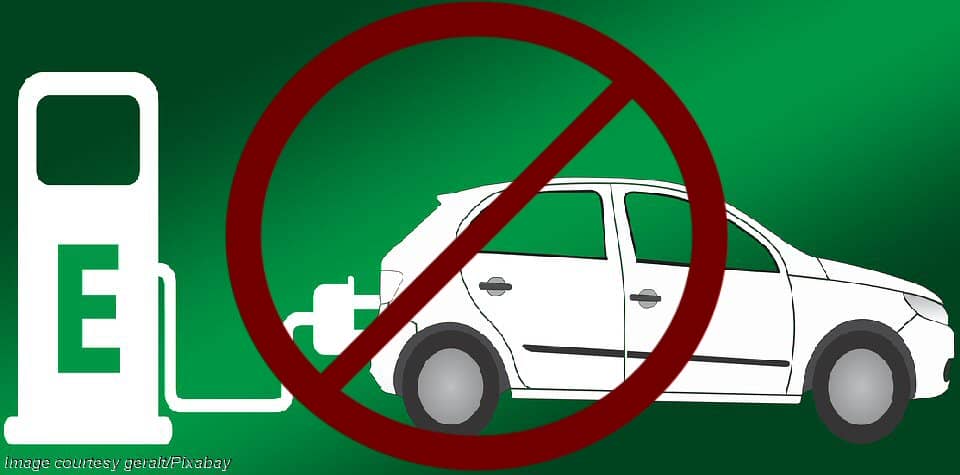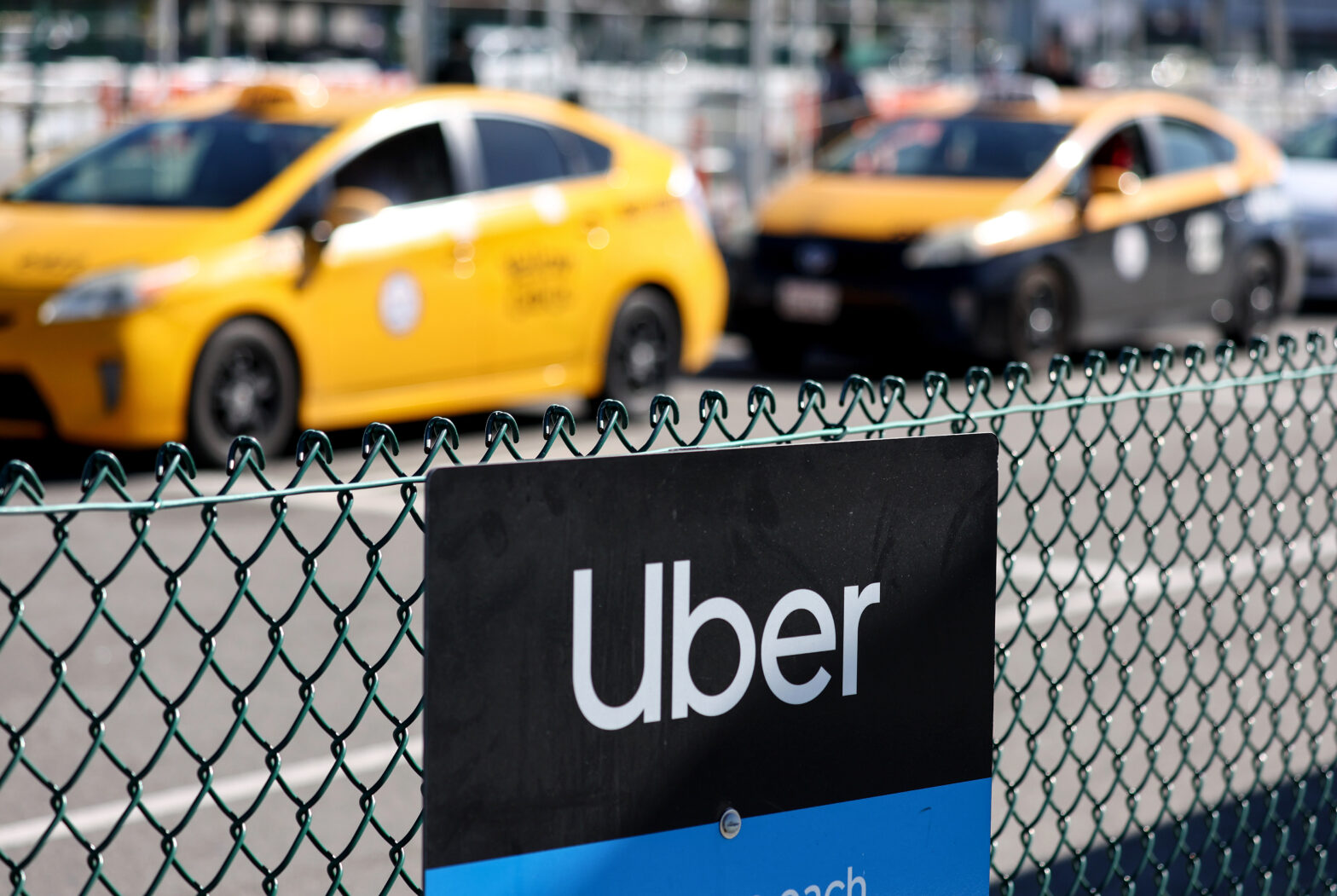Car Dealers Intensify Fight Against EV Mandate Requirements

Table of Contents
Economic Challenges Posed by EV Mandates
The economic implications of EV mandates are significant and multifaceted, posing considerable challenges for car dealerships.
High Upfront Costs and Inventory Management
Adapting to the EV sales landscape requires substantial investment from dealerships. This includes upgrading facilities with charging infrastructure, purchasing specialized tools and equipment for EV maintenance, and providing comprehensive training for staff on EV technology and sales techniques. Managing EV inventory presents additional challenges. Unlike internal combustion engine (ICE) vehicles, predicting consumer demand for specific EV models is difficult due to rapidly evolving battery technology, features, and consumer preferences. This leads to uncertainties in stock levels, potentially resulting in either lost sales opportunities or costly overstocking.
- High initial investment in charging stations: Installing and maintaining a network of fast chargers can be extremely expensive, requiring significant upfront capital expenditure.
- Need for specialized EV technician training: Dealerships need to invest in training programs to equip their mechanics with the skills to service and repair EVs, a significantly different process than maintaining ICE vehicles.
- Difficulty in predicting EV model demand: The rapidly changing EV market, coupled with evolving consumer preferences, makes accurate demand forecasting exceptionally challenging.
Impact on Profit Margins and Existing Sales Models
EV mandates also threaten the profitability of dealerships. Currently, the profit margins on EV sales are generally lower than those on ICE vehicles, due to factors like lower manufacturing costs and increased competition. This directly impacts a dealership's bottom line and overall revenue generation. Furthermore, the reduced complexity of EVs compared to ICE vehicles means less frequent and less extensive service requirements, significantly impacting the crucial revenue stream generated from service departments. This disruption to traditional business models necessitates a complete restructuring of operational strategies and financial projections.
- Lower profit margins on EV sales: The current market structure for EVs often translates to reduced profit per vehicle sold compared to ICE counterparts.
- Reduced service revenue due to fewer moving parts: Electric vehicles have fewer mechanical components than ICE vehicles, resulting in less frequent and less costly maintenance.
- Uncertainty about future EV maintenance needs: The relatively nascent nature of EV technology means the long-term maintenance needs are not yet fully understood, leading to uncertainty in revenue projections.
Infrastructure Limitations and Consumer Readiness
The widespread adoption of electric vehicles hinges not only on the availability of the vehicles themselves, but also on the supporting infrastructure and consumer acceptance.
Inadequate Charging Infrastructure
A major obstacle hindering broader EV adoption is the lack of widespread and reliable public charging infrastructure. Range anxiety, the fear of running out of charge before reaching a charging station, remains a significant concern for potential EV buyers. The high cost and complexity of installing private charging stations at both dealerships and residential locations also presents a barrier to wider EV ownership.
- Limited availability of public charging stations: The density of public charging stations, particularly fast-charging stations, is inadequate in many areas, creating range anxiety among potential EV buyers.
- Range anxiety concerns: The limited range of some EV models and the fear of being stranded without sufficient charge remain significant barriers to consumer adoption.
- High installation costs for home charging units: The upfront cost of installing home charging units can be prohibitive for many consumers, particularly those with limited budgets.
Consumer Perception and Adoption Rates
Consumer hesitancy towards EVs stems from several factors including price, range anxiety, charging times, and lack of awareness of available government incentives. This hesitancy directly impacts dealerships, creating uncertainty around sales forecasts and increasing the risk of EV overstocking. Addressing consumer concerns and improving overall awareness is critical to accelerating EV adoption and reducing the strain on dealerships.
- High purchase prices compared to ICE vehicles: The initial cost of EVs is typically higher than comparable ICE vehicles, creating a significant barrier to entry for many consumers.
- Concerns about charging time and range: The longer charging times compared to refueling and the limited range of some EV models remain significant drawbacks for many potential buyers.
- Lack of consumer awareness about EV benefits: Many consumers are unaware of the long-term cost savings, environmental benefits, and government incentives associated with EV ownership.
Dealership Preparedness and Government Support
The successful transition to electric vehicles requires adequate government support, comprehensive transition plans, and a skilled workforce within the dealership network.
Lack of Government Support and Transition Planning
Many car dealers criticize the lack of comprehensive government support to facilitate this transition. This includes insufficient funding for infrastructure upgrades, inadequate training programs for EV sales and service, and a lack of clear regulatory frameworks tailored to the unique challenges of selling and servicing electric vehicles. Without sufficient government intervention, dealerships struggle to invest in the necessary infrastructure and training to meet the demands of the rapidly evolving market.
- Insufficient funding for infrastructure upgrades: Dealerships need significant financial assistance to invest in charging infrastructure, training facilities, and specialized tools for EV maintenance.
- Inadequate training programs for EV sales and service: Government-backed training programs are crucial to ensure that dealership staff possess the necessary skills to sell and service EVs effectively.
- Lack of clear regulatory frameworks for dealerships: Clear and consistent regulatory guidelines are needed to ensure a smooth transition for dealerships and to avoid unnecessary burdens or inconsistencies across different jurisdictions.
Training and Skill Gaps in the Workforce
The shift towards EVs necessitates a significant upskilling of the dealership workforce. Dealerships need highly skilled technicians capable of handling the unique maintenance and repair requirements of electric vehicles. The lack of trained EV technicians represents a significant hurdle in ensuring efficient and effective servicing, and the high costs of training add to the financial burden on dealerships.
- Need for specialized training on EV batteries and electric motors: Servicing EVs requires specialized knowledge and training beyond traditional automotive repair.
- Difficulty in recruiting and retaining skilled EV technicians: The demand for skilled EV technicians is increasing rapidly, creating a competitive job market and making recruitment challenging.
- Higher training costs for dealership employees: The cost of providing comprehensive training on EV technology and maintenance adds to the financial pressures faced by dealerships.
Conclusion
The intensifying fight against EV mandate requirements by car dealers underscores the significant challenges confronting the automotive industry. Economic constraints, infrastructure limitations, and the need for enhanced government support and consumer education are crucial factors demanding immediate attention. Finding a balance between accelerating the adoption of sustainable transportation and preserving the economic viability of dealerships is essential for a smooth and successful transition to electric vehicles. Collaborative efforts, encompassing government incentives, improved infrastructure, consumer awareness campaigns, and comprehensive training programs, are vital to overcome these hurdles. Without sufficient planning and support, the resistance to EV mandates will likely persist, potentially hindering the timely adoption of electric vehicles and impeding progress towards a greener future. Understanding the complexities of the EV mandate and its ramifications for car dealers is paramount for effective policymaking and industry adaptation.

Featured Posts
-
 Affordable Post Event Transportation 5 Uber Shuttle From United Center
May 17, 2025
Affordable Post Event Transportation 5 Uber Shuttle From United Center
May 17, 2025 -
 4 Cursos Com Nota Maxima No Mec Confira A Lista Completa Do Vale E Regiao
May 17, 2025
4 Cursos Com Nota Maxima No Mec Confira A Lista Completa Do Vale E Regiao
May 17, 2025 -
 Dubay Dlya Rossiyan Poisk Raboty V 2025 Godu
May 17, 2025
Dubay Dlya Rossiyan Poisk Raboty V 2025 Godu
May 17, 2025 -
 Liverpool And Angelo Stiller German Reports Cast Doubt On Arne Slot Appointment
May 17, 2025
Liverpool And Angelo Stiller German Reports Cast Doubt On Arne Slot Appointment
May 17, 2025 -
 Ben Stillers Severance A Comparison Of Lumon Industries And Apple
May 17, 2025
Ben Stillers Severance A Comparison Of Lumon Industries And Apple
May 17, 2025
